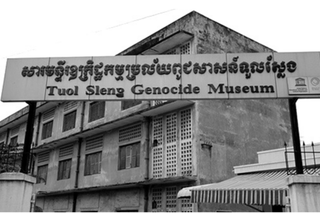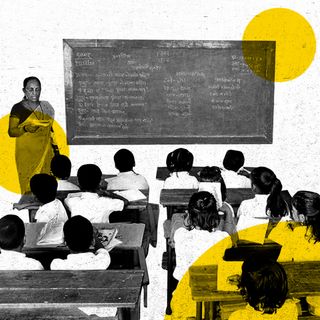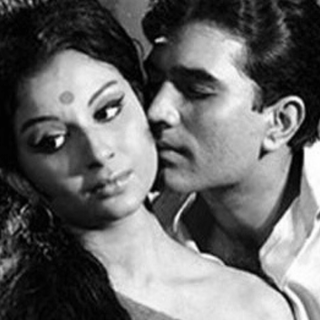
An Artist Photoshopped Smiles on Genocide Victims. When Do Attempts at Art Become Insults?
The photographer says he wanted to “humanize” the victims of the Khmer Rouge regime, but many call his work an affront to the dead.

The Cambodian government recently condemned an artist’s retouching of historic images of the victims of Khmer Rouge genocide — acknowledged as the second-largest human rights abuse since World War II’s Holocaust. The artist, photographer Matt Loughrey, digitally altered the photographs by colorizing them and editing them to make the deceased victims appear to smile.
“I thought about this time and time again when I was working on them,” he said in a now-deleted interview with Vice. “We smile when we’re nervous. We smile when we have something to hide. One of the classic things is to try to be friendly with your captor. So a smile would seem natural.”
But this reasoning doesn’t measure up. The problem is that these photos are historical evidence of the violence perpetrated against Cambodian citizens by the Khmer Rouge, Cambodia’s Communist Party which carried out atrocities. More than two million people died between 1975 and 1979; more were tortured. The original images Loughrey altered were mugshots of people imprisoned in Security Prison (S-21) in Phnom Penh, Cambodia’s capital; these mugshots are now preserved in the Tuol Sleng Genocide Museum, which stands in the same location as the prison. Changing a face to remove all traces of fear and distress in order to create a smile creates a different narrative, erasing harm and trauma from the picture.
The Cambodian Minister of Culture and Fine Arts stated that the edited images “seriously affect the dignity of the victims” and threatened legal action against Loughrey if the pictures weren’t removed. The images have since been taken downfrom Vice, the news publication that hosted Loughrey’s work.
Related on The Swaddle:
From Cat Memes to LeBron James’s Dunks, NFT Art Is Selling at Record Prices. But What Is It?
Arguably, the value of art is not marked by its ability to be politically correct — art stands alone and lets people form their own interpretations. But even artistic freedom has reasonable bounds. The edited photographs are proof of what happens when art tries to speak for marginalized victims. The victims of the massacre already spoke for themselves — they chose to emote distress to convey their plight. By altering their emotional expressions and stating that a a “smile would seem natural,” Loughrey is doing a disservice to their stories. Plus, Loughrey is not making speculative art, but restoring and colorizing photos of historical relevance. His artistic license, in this case, tamperswith crucial evidence of past violence in a way that ignores important context about when and how those photos were taken. Art can be a powerful voice for the voiceless. But that’s not what this is.
The question of ethics then becomes key here. Was Loughrey’s retouching done with due consent from victims’ family members or done in a personal capacity? In either case, his artistic license attempts to erase the physical evidence of genocide, pain, and distress — with these photos, people are likely to claim that smiles indicate all was good and no genocide happened. The images can easily be turned into misinformation and weaponized by people with an interest in rewriting history to favor the Khmer Rouge.
And if done without familial consent, it mocks the suffering of people’s loved ones by turning the deceased into garish facsimiles of themselves — theirforced, retouched smiles barely conceal the indignity of not being able to convey the horror of facing a violent, untimely death.
Further, the idea of colorization itself is hotly contested among historians and artists, noting how photography in black and white is highly dissimilar to colored photography. Digital retouching by that measure seems an extraordinary step. The expressions of the light, shadow, and related context are erased, creating a new reality rather than offering a new window into the past. Considering how colorization is now easily done via artificial intelligence for both photos and videos, experts believe that it will lead to people engaging with history only on a surface level — making it easier for unverified facts and misinformation to proliferate.
“How can you change hell to happiness?” asked Youk Chhang, the director of the Documentation Center of Cambodia, an NGO that raises awareness about the Khmer Rouge genocides. “It was a grave injustice to the victims to alter such a piece of history, which is still a living history.”
Aditi Murti is a culture writer at The Swaddle. Previously, she worked as a freelance journalist focused on gender and cities. Find her on social media @aditimurti.
Related


New Education Policy Will Promote Mother Tongues Through Bilingual Teaching
